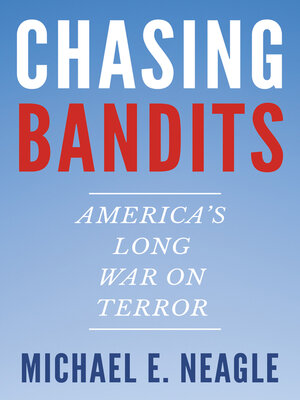
Sign up to save your library
With an OverDrive account, you can save your favorite libraries for at-a-glance information about availability. Find out more about OverDrive accounts.
Find this title in Libby, the library reading app by OverDrive.



Search for a digital library with this title
Title found at these libraries:
| Library Name | Distance |
|---|---|
| Loading... |
While the war on terror has been America’s largest and most publicized attempt to root out foreign enemies this century, the quest to identify and destroy real or imagined threats to national security has long been a part of US history. Indeed, since the onset of the United States' overseas empire at the dawn of the twentieth century, it has pursued enemies in places of strategic interest around the globe: the remote islands of the Philippines, the US southern border, hemispheric hot spots in Central and South America, and the greater Middle East.
The common depiction of these kinds of foes—private actors who did not formally represent the countries they fought for—has maintained a remarkable consistency over time. The only difference is that enemies who used to be called “bandits” then are now more often referred to as “terrorists.” Connoting an illegitimacy of both cause and means, the widespread use of such terms also has served to blunt deeper considerations of US foreign engagements. Drawing on six case studies, Michael E. Neagle spotlights the commonalities of how the United States has leveraged popular understandings of “bandits” to justify incursions abroad as well as rally popular and political support at home.
The common depiction of these kinds of foes—private actors who did not formally represent the countries they fought for—has maintained a remarkable consistency over time. The only difference is that enemies who used to be called “bandits” then are now more often referred to as “terrorists.” Connoting an illegitimacy of both cause and means, the widespread use of such terms also has served to blunt deeper considerations of US foreign engagements. Drawing on six case studies, Michael E. Neagle spotlights the commonalities of how the United States has leveraged popular understandings of “bandits” to justify incursions abroad as well as rally popular and political support at home.







